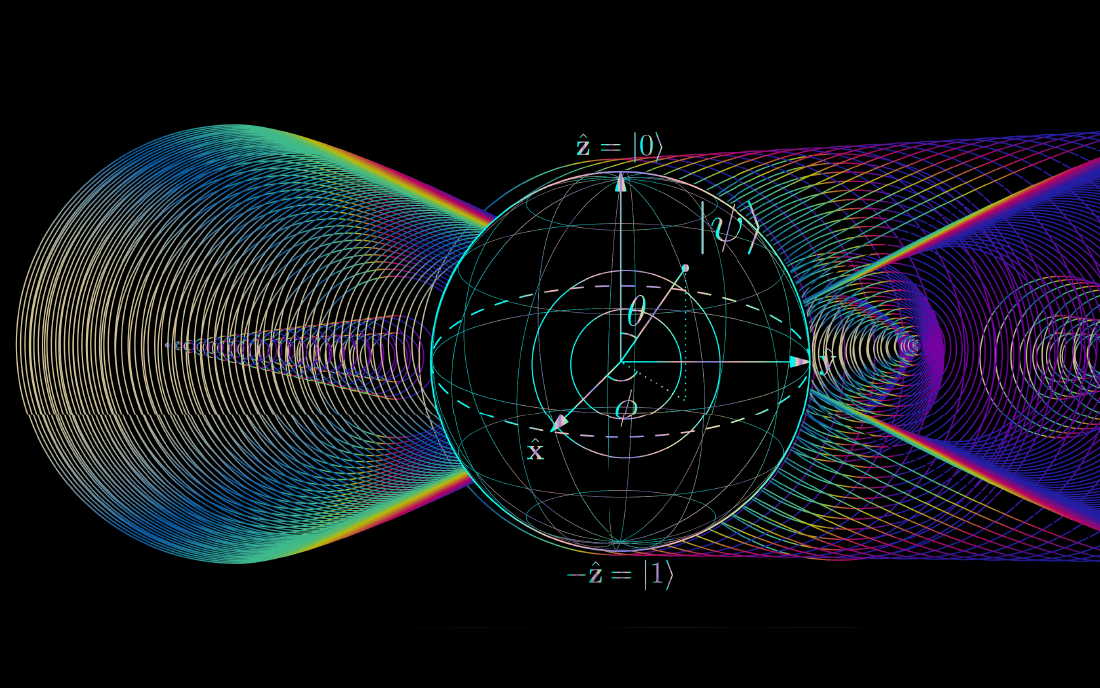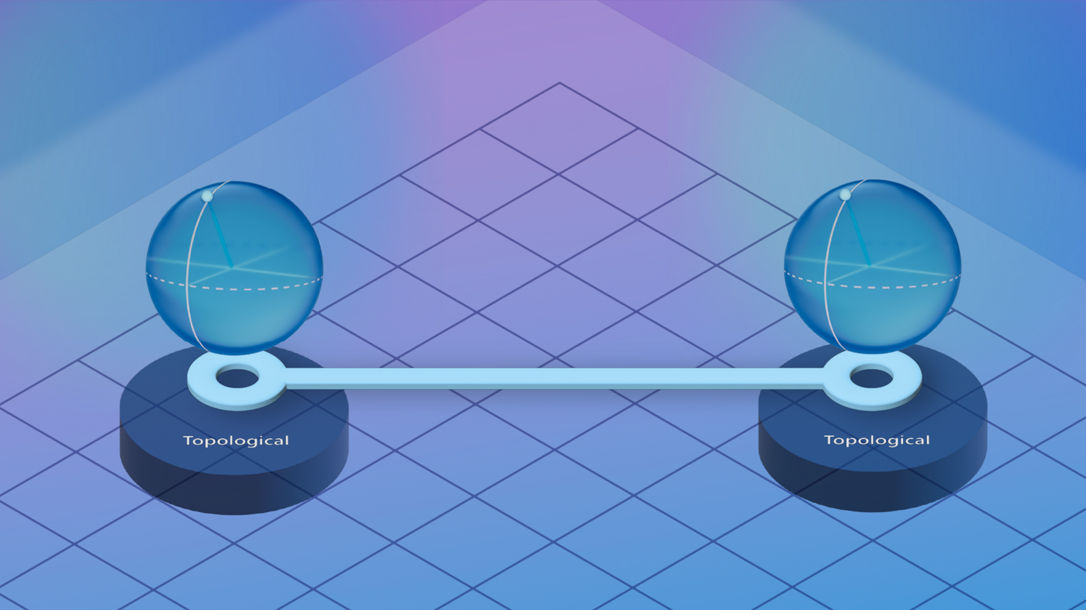Quantum computing is one of the most exciting and potentially transformative technologies of the 21st century. Unlike classical computers, which process information in binary (0s and 1s), quantum computers use quantum bits, or qubits, that can exist in multiple states at once. This revolutionary way of processing information promises to solve problems that are currently beyond the capabilities of today’s computers. In this article, we’ll explore the top five breakthroughs in quantum computing that could reshape the future of technology, science, and even our daily lives.
1. Superconducting Qubits
The Foundation of Many Quantum Computers
Superconducting qubits are currently one of the most popular approaches to building quantum computers. These qubits are made from superconducting circuits that can carry electrical currents without resistance. By applying microwave signals, these circuits can be manipulated to represent quantum states.

Superconducting qubits are promising because they maintain quantum coherence for a sufficient amount of time to perform meaningful calculations. Leading companies like IBM, Google, and Rigetti Computing are developing quantum processors using superconducting qubits.
These qubits have already demonstrated the ability to perform calculations that classical computers cannot, and further advancements could unlock a new era of computation. Quantum computers based on superconducting qubits could revolutionize industries like cryptography, drug discovery, and materials science.
2. Quantum Entanglement
The Spooky Science of Instantaneous Communication
Quantum entanglement is a phenomenon where two or more particles become linked, such that the state of one particle instantly affects the state of the other, no matter the distance between them. This phenomenon, famously described by Albert Einstein as "spooky action at a distance," has become a cornerstone of quantum computing and communication.

Entanglement allows quantum systems to perform computations far more efficiently than classical systems. In quantum computing, entangled qubits can work together in ways that classical bits cannot, exponentially increasing computational power. This breakthrough has led to quantum algorithms that could solve problems in seconds that would take classical computers millennia to crack.
Entanglement is also key to quantum teleportation and quantum cryptography, promising ultra-secure communication channels and faster-than-light data transfer in the future.
3. Quantum Supremacy
Google’s Groundbreaking Achievement
In 2019, Google made a historic announcement: its quantum computer, Sycamore, had achieved "quantum supremacy," meaning it solved a problem that would take the world’s most powerful supercomputers thousands of years to complete—in just 200 seconds. This marked a significant milestone in the race to develop practical quantum computers.
Quantum supremacy refers to the point at which a quantum computer can outperform a classical computer in a specific task. While Sycamore’s achievement was a proof of concept rather than a breakthrough for everyday use, it was an important demonstration that quantum computers can solve certain types of problems much faster than classical computers.
This milestone brought quantum computing closer to solving real-world problems, such as simulating molecules and optimizing complex systems, which would have a profound impact on sectors like pharmaceuticals, energy, and materials science.
4. Topological Qubits
The Quest for More Stable Qubits
Topological qubits represent one of the most promising breakthroughs in quantum computing. Unlike traditional qubits, which are sensitive to environmental disturbances, topological qubits are much more stable. This stability is achieved by encoding quantum information in the topology of a particle’s quantum state rather than the particle itself.

Topological qubits are less affected by noise and interference, which makes them ideal for large-scale quantum computing. Their ability to withstand environmental disturbances could allow for longer and more reliable quantum computations.
Microsoft is actively working on developing topological qubits, and if successful, this could accelerate the development of quantum computers capable of solving real-world problems in medicine, finance, and artificial intelligence.
5. Quantum Error Correction
Making Quantum Computers More Reliable
One of the biggest challenges in quantum computing is dealing with errors. Unlike classical computers, quantum computers are highly susceptible to errors due to the fragile nature of qubits. Quantum error correction involves using multiple physical qubits to represent a single logical qubit, which can then detect and correct errors.
Quantum error correction is essential for building large-scale quantum computers that can solve practical problems. Although it requires a large number of physical qubits to represent a single logical qubit, recent advancements in error correction algorithms are improving the reliability of quantum systems.
This technology is key to overcoming the limitations of current quantum computers and enabling them to operate for longer periods and perform more complex calculations. Quantum error correction is expected to play a critical role in unlocking the full potential of quantum computing in fields like weather forecasting, drug discovery, and cryptography.
This article explores the top 5 breakthroughs in quantum computing that are driving the future of technology. As these innovations continue to evolve, we are moving closer to realizing the full potential of quantum computers, which could revolutionize industries and change the world in profound ways.
Leave a Comment